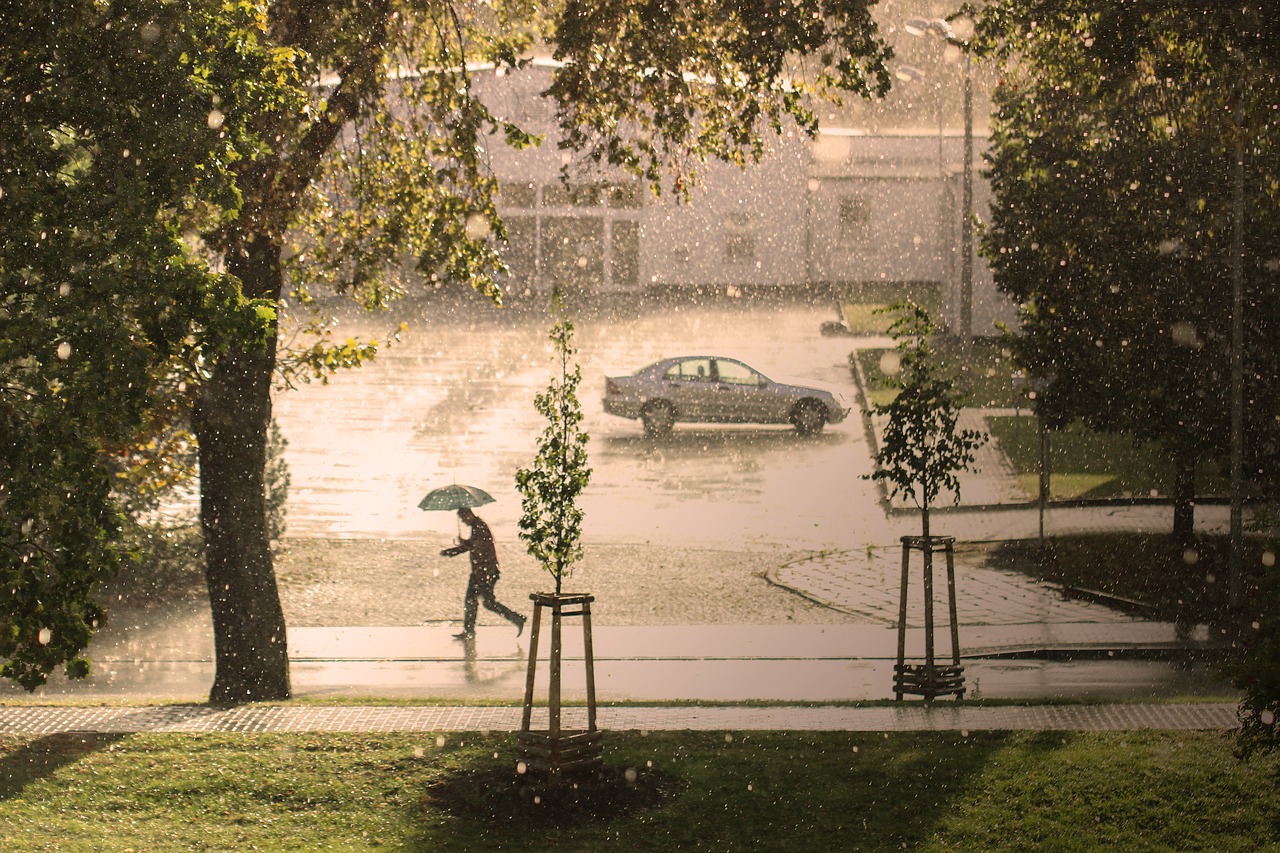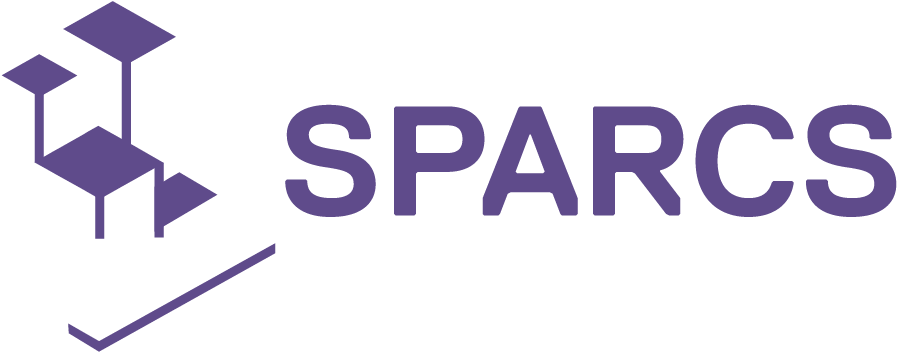ClimVis Europe multinational project working with SPARCS
Project description:
Link to the project website: http://www.sei.org/projects-and-tools/projects/climvis
The project aims to make climate information more accessible to a wide range of users – including the general public – through a website where all the necessary climate information will be collected, structured and explained.
The site will present climate data in different spatial scales – from European to local / regional scale. The project participants aim to develop a platform for visualizing European climate data, which will be free, easily accessible, multilingual, visually appealing, interactive, well-understood, reliable (data quality control will be provided) and up-to-date (daily updates). According to our research, such a pan-European instrument is currently lacking, but is essential for assessing past, present and future climate change. Such data are needed, for example, to minimize climate risks, support sustainable planning, and promote adaptation and mitigation measures.
We are currently preparing the basis for filling and designing the technical implementation of the platform.
Target groups of the project:
- Decision-makers in different sectors who need an immediate review of the current situation to reduce risk in their activities, as well as brief climate forecasts for long-term strategies (to decide what they should focus on and where to allocate resources);
- Teachers who need resources to communicate climate issues to students – for example, by combining current weather forecasts (“what we are experiencing”) with long-term climate forecasts (“what we cannot feel now”);
- The general public and interested citizens.
Project goals:
- Providing intuitive visualization along with clear explanations;
- Make climate information in national languages relevant to local users / decision-makers / multipliers, such as municipalities, farmers or schools;
- Filling in the blanks:
- Relevance of local data: display and explanation of data measured near people’s homes or in adjacent areas;
- Access to some climate information is still limited, especially in Eastern Europe, so we want to make it publicly available;
- Current climatic conditions: assessment of current climatic events (heavy precipitation, extreme heat …) or periods (hot wave, drought, snow cover) and their combination with long-term (past, forecast and future) climate development;
- With long-term, seasonal and ten-year forecast products, we plan to reduce the range of weather forecast uncertainties based on a number of leading weather forecasts, such as ECMWF (European Center for Medium-Range Weather Forecasts), CDC (Climate Data Center).
- Reliability: providing data with quality control, while being transparent about the possible degree of uncertainty.
- We plan to potentially include indicators related to such areas as agriculture, forestry, transport, energy sector, etc. (for example, forestry is interested in the possibility of fire, agriculture – in soil moisture, etc.), the gradual expansion of these indicators based on the common interest of stakeholders and user feedback.
Products and parameters of the future site:
We aim to include a variety of constantly updated products:
- Visualization of local climatic data (diagrams, drawings, etc.);
- Spatial maps for Europe (up to 10 km and more resolution);
- Concise national reports for decision makers (only a few pages);
- Potentially add the following parameters (average, extreme values):
- Temperature
- Precipitation
- Snow
- Duration of the sun, radiation
- Cloud cover
- Relative humidity
- Atmospheric pressure at sea level
- Evaporation
- Wind speed and direction
- Temperature / humidity at soil level and inside the soil.
Project partners and participants:
ClimVis Europe: a pilot project (October 2020 – August 2021) that prepares the ground for the technical implementation of our vision.
Funded by the Swedish Institute.
Official project partners:
- SEI Stockholm
- SEI Tallinn
- University of Krakow
- Climate and Ecological Systems Monitoring Institute (Tomsk)
Other consulting parties: KNMI De Bilt, SMHI Stockholm, Czech Globe Brno, NECU Kyiv.
Connection with SPARСS project:
As SPARCS project tries to give more flexibility and intelligibility to issues related to energy efficiency, energy management, carbon neutrality, sustainability and local governance, bring data to people and make it equally available to all and empower regional, city-wide and local participation, so is ClimVis working towards similar objectives in terms of climate information monitoring, availability and management to empower regional, local and personal decision-making and action-taking. Thus, in our view, two projects are related to one another, as they are looking at different (though intertwined) aspects of the same problem the global community is facing nowadays. Even more so, considering the fact that both projects strongly incorporate Green Deal principles and objectives and unite a range of various European cities and countries, bringing them together in combating climate change and challenges.
With that in mind, several joint actions were taken: two focus group discussions were held, to which SPARCS representatives from Lviv were invited in order to provide their vision and experience to create a convenient and functional platform with climate data.
What was done during the project?
- Stakeholder survey (using Google form): to identify the needs of potential users in Germany, Estonia, Poland, Russia, Ukraine, Sweden. More than 30 people from Ukraine took part.
- Focus group discussion: four meetings were held with a total of two focus groups (stakeholders and teachers). 7 people from Ukraine took part in these discussions. The purpose of these discussions is to find out the needs and pains of users of climate information in selected focus groups and to screen the interests and wishes of future users of our platform to take into account the views of all recipients and make the platform useful, accessible and easy to use for all users.
- International discussion of the project participants, where the results of the work were summed up and the strategy of future actions was determined.
What’s in the plans?
- We now want to gain more knowledge about existing international and national programs to avoid duplication and learn from others.
- We work on the study of innovative visualization strategies and want to connect web-design experts.
- We plan to further study the details of the technical implementation of ideas.
- We want to build networks of relevant stakeholders, future users and relevant institutions.
- We aim to combine all the necessary information, people and skills to achieve the possibility of technical implementation of our idea.

